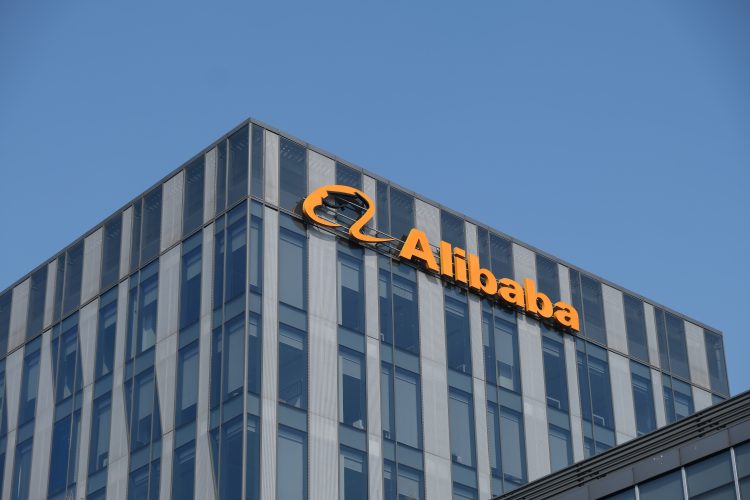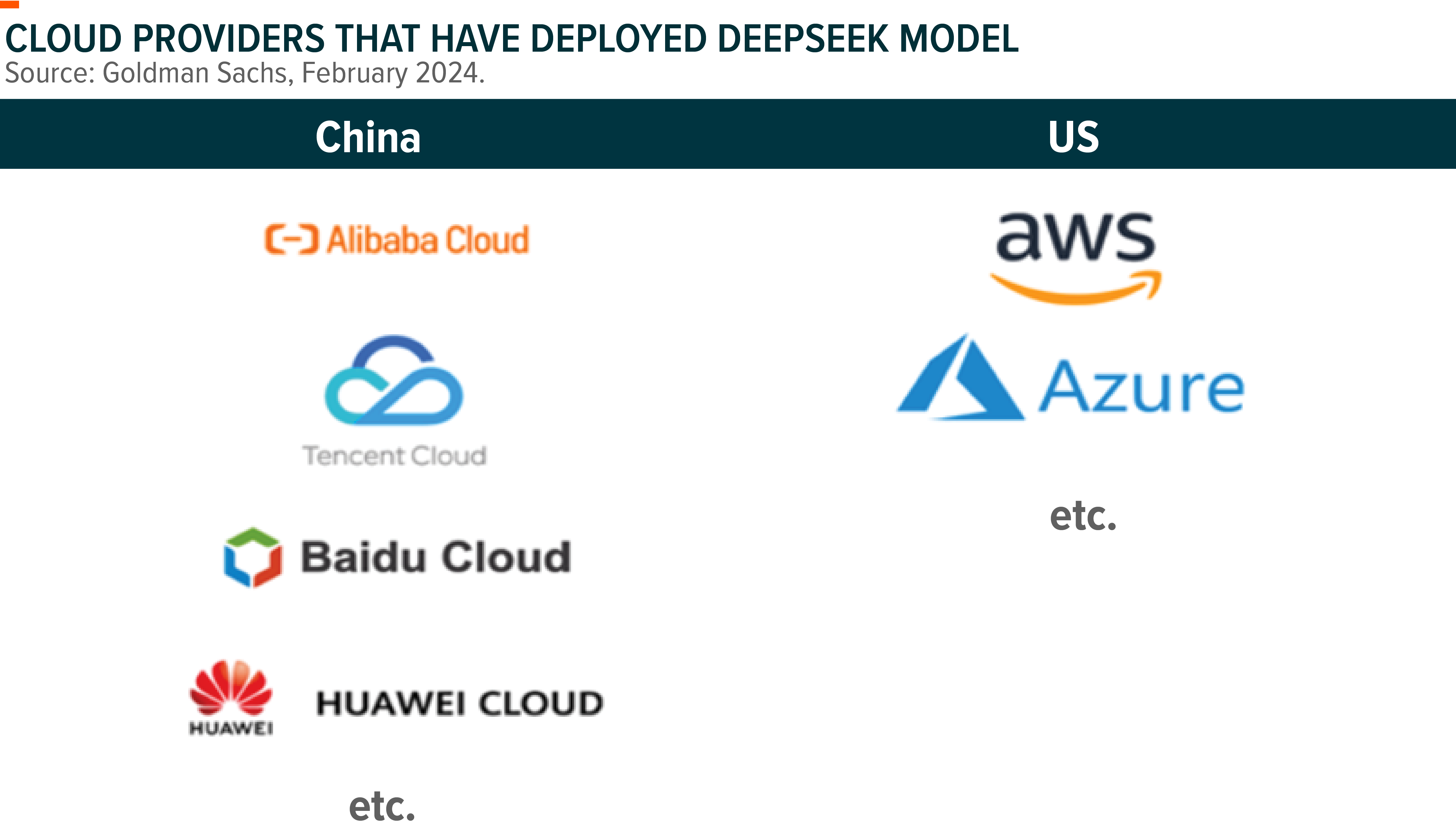Alibaba Unleashes Powerful Qwen 3 Large Language Models
In the fast-paced world of technology, where innovation drives progress, the competition among AI Models is heating up. This race directly impacts the digital infrastructure and tools that underpin everything from financial markets to decentralized applications. Recently, Chinese tech giant Alibaba made a significant move, unveiling its latest family of artificial intelligence models: Alibaba Qwen 3. This release is poised to intensify the global AI development race, presenting a compelling challenge to established players like Google and OpenAI.
Introducing Alibaba Qwen 3 AI Models
Alibaba’s announcement introduces a new generation of AI Models, ranging in size from 0.6 billion to a massive 235 billion parameters. The company suggests that these models not only match but, in some scenarios, surpass the capabilities of current leading models from competitors. A key characteristic highlighted by Alibaba is the ‘hybrid’ nature of the Qwen 3 family.
Performance and Capabilities
A critical aspect of any new AI model is its performance on established benchmarks. Alibaba has provided internal results suggesting strong capabilities for the Alibaba Qwen 3 models, particularly in areas requiring complex thought and problem-solving. This focus on AI Reasoning is a major theme.

According to Alibaba’s data, beyond benchmarks, Alibaba claims Qwen 3 excels in practical capabilities such as tool-calling, following instructions, and handling specific data formats, making them versatile for various applications.
Availability and Impact
A significant point of interest, especially for those in the decentralized tech space, is the availability model. Most of the Alibaba Qwen 3 models are available, or will soon be, under an ‘open’ license via platforms like Hugging Face and GitHub. This move aligns with a growing trend of releasing powerful AI capabilities to the broader development community.
The emergence of capable models from China, such as the Qwen series, puts increased pressure on American AI labs. It also underscores the impact of geopolitical factors, like restrictions on chip technology, on the global AI landscape. The development of powerful Large Language Models is now intertwined with international policy and competition.

Conclusion
The launch of the Alibaba Qwen 3 family marks a notable step forward in the evolution of AI Models. With claims of performance rivaling leading competitors, a flexible ‘hybrid’ architecture, extensive language support, and a commitment to releasing many variants under an ‘open’ license, Alibaba is positioning itself as a major force in the global AI race. This development highlights the increasing sophistication of non-Western AI labs and the ongoing trend of powerful models becoming accessible to a wider community, shaping the future of technology and its applications worldwide.
To learn more about the latest AI market trends, explore our article on key developments shaping AI Models features.




















